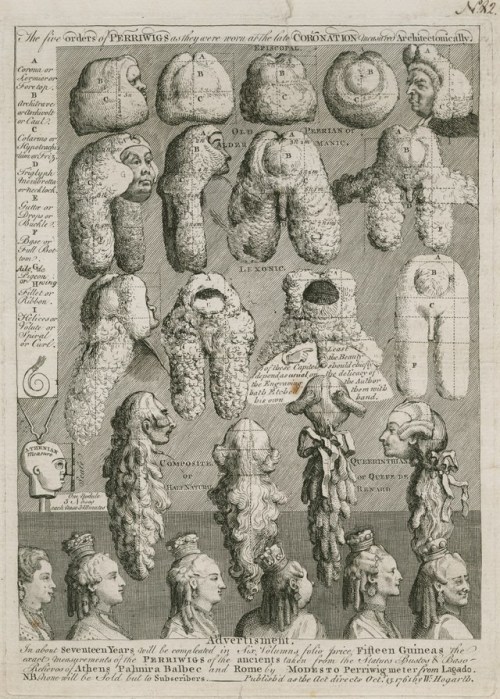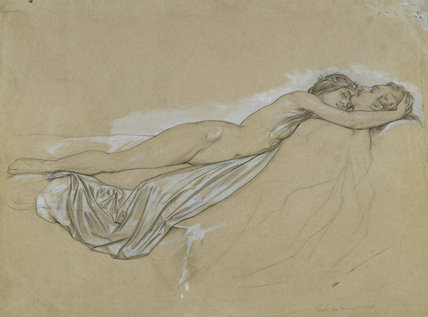#royal academy of art
Hi guys,
Masa here!!
Several weeks have passed since Wes and I visited Museums+Tech 2017 conference and yet I’m still thinking about a presentation delivered by Alexandra Reynolds from Southampton Solent University. She talked about digital museum practice and its potential to change hegemonic structures by challenging social, political and cultural issues. A great example is Historic England’s Pride of Place initiative which set out to identify and celebrate England’s LGBTQ heritage. By browsing through their map of LGBTQ architecture we can now engage with memories that had been previously concealed. Click here for a link to their website!
Just a few days ago, I stumbled upon one of Hogarth’s prints in the archive. It made me think of how art can also disrupt the existing social order and sometimes offer a temporary resistance, even if only as a satire. William Hogarth was well known for his depictions of 18th century society and was particularly witty at addressing peculiar mannerisms of aristocracy and was persistently attacking upper-class taste throughout his career. In Five Orders of Periwings he divided fashionable wigs into five categories that correspond to the five orders of classical architecture – from the most simple “Doric” type wig, worn by the clergy, to the most ornate or “Corinthian” wig only few could afford. He created this engraving a couple of weeks after the coronation of George III and Queen Charlotte, about which Horace Walpole wrote, “Some of the peeresses were dressed over night, slept in armchairs, and were waked if they tumbled their heads”.
Keep your eye’s peeled for more posts about our journey with the Royal Academy and I’ll leave you with an image of Hogarth’s engraving I mentioned prior.
Till next time,
M
Post link
Reconciliation of The Montagues and Capulets Over the Dead Bodies of Romeo and Juliet & Nude Study (1855) - Lord Frederic Leighton RA
Post link



